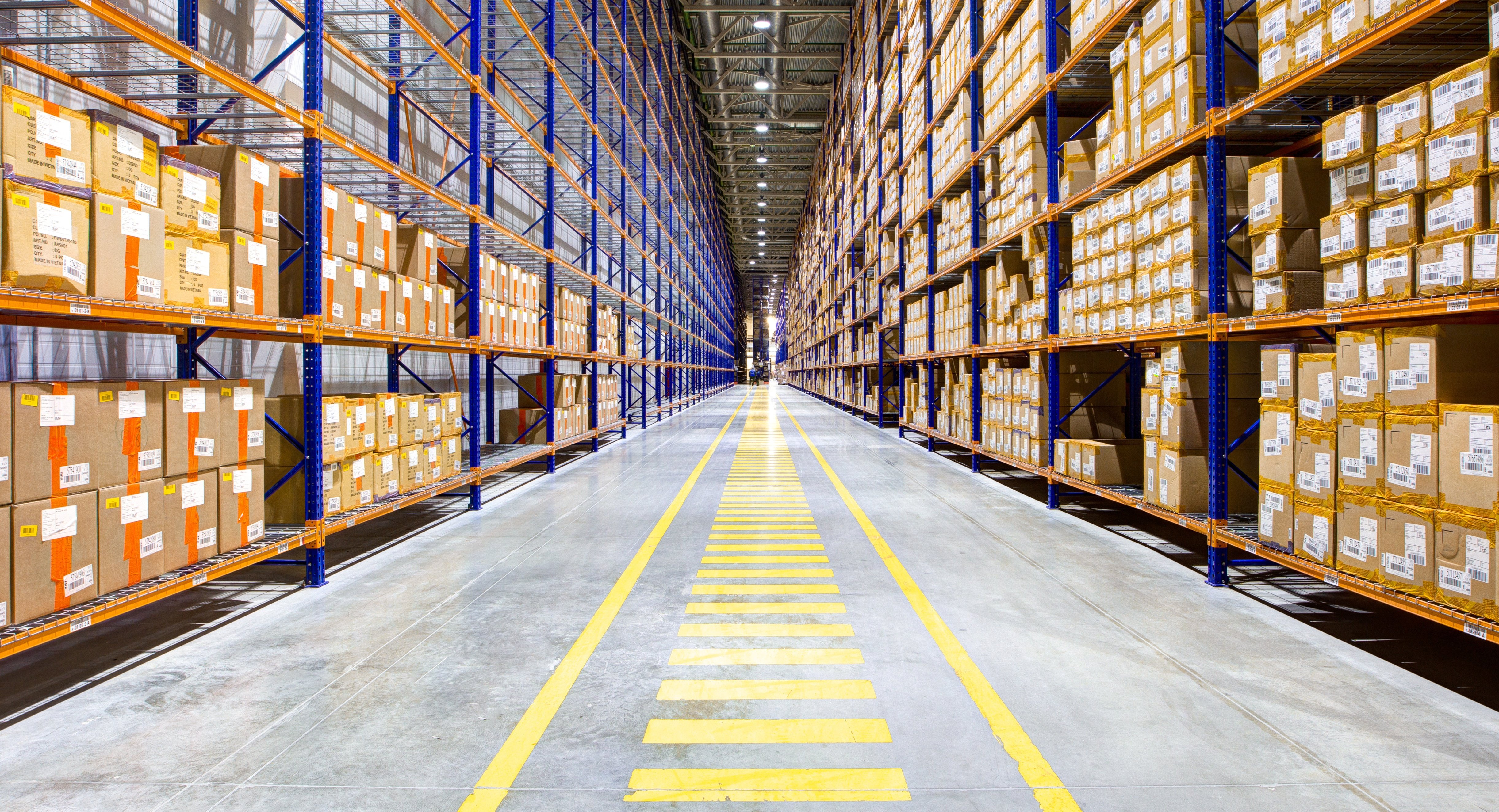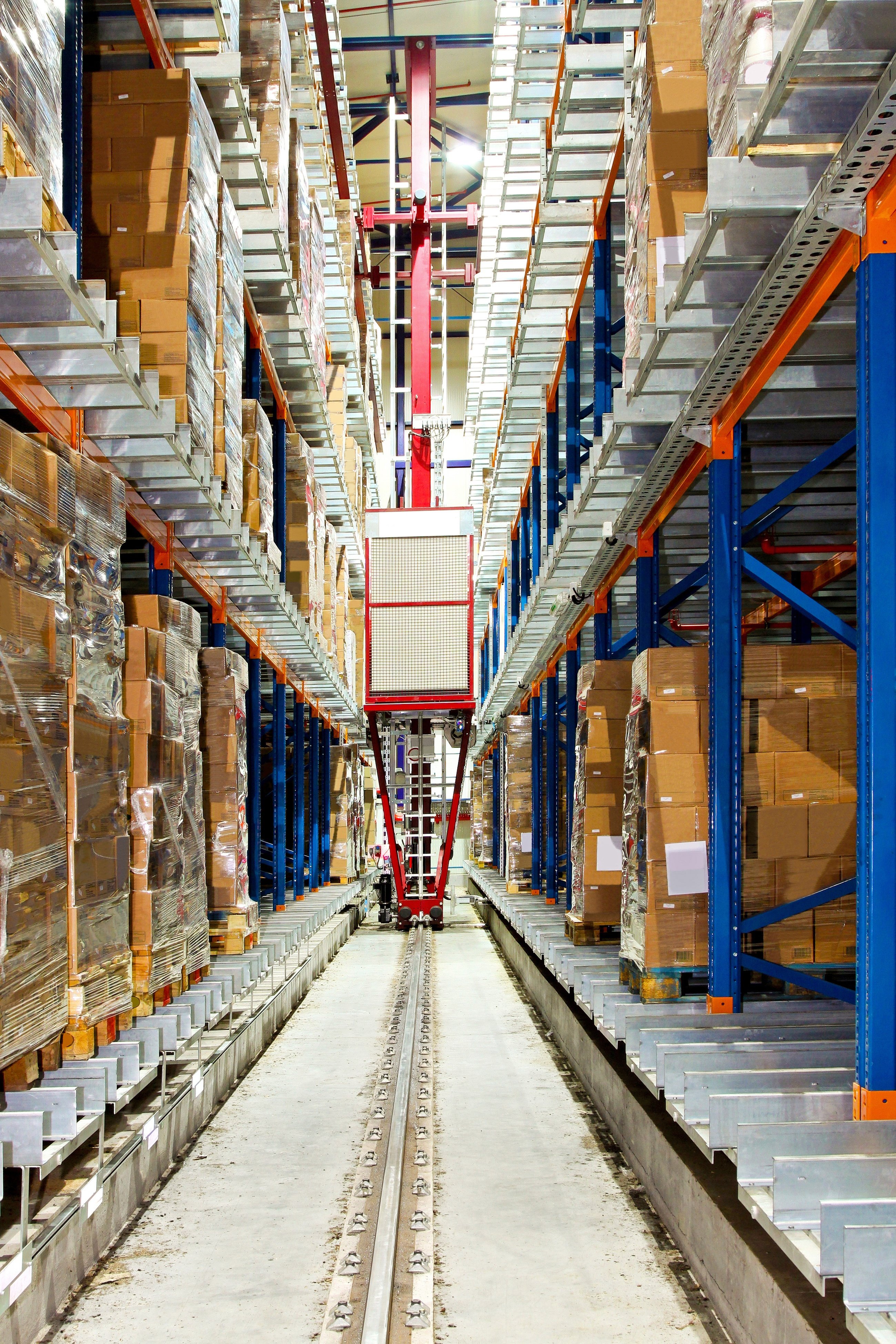
Much like residential real estate, the industrial real estate market is booming and changing rapidly. Economic factors and technological advancements are reshaping the way warehouses are built and rented. Consumer demands and socio-political moves are changing the map as supply chains embrace these current trends in logistics real estate.
Bigger, Better, More
The central warehousing question has changed from “what can I fit in this space?” to “what space can fit me?” Million square foot facilities used to be unusual in the industry, but they’ve become something of a norm as companies grow larger and larger, fueled by the rise of e-commerce and new logistics technologies. The exception may be smaller warehouse requirements on the part of e-commerce operations desiring more and smaller facilities close to major metropolitan areas to minimize delivery times.

While walls in newer warehouse buildings are placed further out to accommodate additional rows and racks, other limitations—namely, roofs and floors—are also getting a makeover. Super-flat, level floors are worth their weight in orders to busy shippers, as they can handle stable stacking and towering racks, particularly when paired with the higher roof lines that are also becoming more common. As long as companies know where to look, or pair with 3PL companies that do the proverbial heavy lifting for them, no modern business ever needs to “make do” in a poorly-sized space.
Technology itself also plays a starring role in determining appropriate warehouse layouts and capabilities. The levels of power needed for automated pickers, robotics, and other pick/pack equipment could easily overload the output abilities of an older facility. Additionally, good warehouse fit isn’t just about size and power anymore; it’s about having adequate HVAC for employees and racks and refrigeration setups for certain product stability as well. Cold chain demands have grown in the healthcare, food and beverage sectors, and with ever-increasing regulations bearing down on all three, monitoring and ensuring a consistent temperature is crucial to product freshness, quality, and safety.
The New Place to Be
Along with products and warehousing needs, the very nature of logistics transport is changing as well. While they aren’t widespread or common yet, electric transport vehicles like the infamous Tesla trucks could become more and more commonplace over the next five or ten years. That means that newer facilities need to bear in mind the needs of these trucks, such as convenient charging ports, either nearby or in the facility itself.
The proximity to certain ports needs to be kept in mind as well; if the nearest port isn’t deep enough to accommodate large ships bringing in containers, there’s an additional cost tacked on to close the gap between the warehouse and the nearest appropriate port. Deepening ports triggers full environmental impact studies: a cost and delay that few can afford to soak—no pun intended.
Balanced with these two needs, as always, are customer demands. The “Amazonization” of shipment has arguably raised expectations among customers, who now expect their orders—regardless of product type—in days, rather than weeks. This emphasizes the need for warehouses to be close to consumers.
Warehouses in port-adjacent, temperate, well-connected areas are crucial to staying competitive in crowded industries, and most companies are making these traits must-haves when searching for new warehouses.
Ready to Take Warehousing Head-On
At Kenco, we not only pride ourselves on traditional 3PL offerings, but we also keep a real estate team ready at all times to assist our customers. We keep up on warehousing real estate trends like these to help you stay ahead of your competitors and secure the best warehousing options for your supply chain. Working in tandem with a comprehensive nationwide network of large brokers, we’ll help your company locate, secure, and financially maintain your facilities of choice. While many 3PLs outsource to other companies to navigate complex needs such as warehouse leases, we’ve opted to assemble our well-trained real estate team to handle negotiations and lease agreements for customers like you.
At Kenco, we want you to be able to trust and rely on us through every link of your supply chain.
To Sum It Up
Remember, a facility that’s a poor fit for your needs can cost your company far more than inconvenience during picking and packing. A “bad” location can cost you opportunities, consumer trust, and cause your natural growth to turn sluggish or stagnant. Don’t take the chance—stay sharp, focused, and ready to perform with our ABC’s of DC’s eBook, filled with useful, relevant information for transforming your distribution center into the powerhouse of your operational structure.
